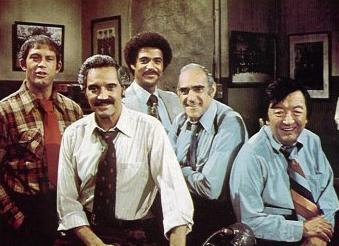 Plainspoken Coffee. A Coffee Review for Ordinary People by Ordinary People, #6.
Plainspoken Coffee. A Coffee Review for Ordinary People by Ordinary People, #6.
Counter Culture’s Sanctuary Shade Grown Coffees.
Fred Houk, an avid birder and a former member of SCAA’s Environment (Sustainability) Committee, was one of the co-founders of Counter Culture Coffee. Through his efforts, Counter Culture began marketing their Sanctuary coffees in 1997, making them one of the first shade-grown coffee lines. Sanctuary coffees are not sold on the Counter Culture web site, but are available at many Whole Foods Markets in the eastern U.S., and in regional southeastern U.S. natural food chains such as Earth Fare, Green Life Grocery, and Weaver Street Market, as well as some independent co-ops and organic shops. Counter Culture has plans for a future stand-alone Sanctuary web site.
Packages feature a Wood Thrush, currently still common in eastern North America but of high conservation concern because of steady, long-term population declines — down 43% since 1966 — throughout most of its range. Wood Thrushes winter in tropical forests throughout Central America, including shade coffee plantations.
CC’s Mark Overbay sent three Sanctuary coffees to try; all are certified organic. Links are to CC’s offerings from the same origins.
- Guatemala Huehuetenango Finca Nueva Armenia — The Huehuetenango coffee region in western Guatemala is rugged and high elevation. Finca Nueva Armenia has at least 50 species of native shade trees, and I understand they are going to apply for SMBC certification soon.This was my favorite, and the first “Huehue” that I’ve tried…I understand why it’s a favorite of experts. We found it had more character than other Central Americans, including a little citrusy zing, at least in the french press, that reminded us of an Ethiopian. We also detected a fruity flavor, perhaps apricot, as the cup cooled.
- Mexico Pluma La Trinidad — From the region around Pluma Hidalgo in Oaxaca. La Trinidad is the coop with over 350 members, and it is Rainforest Alliance certified.A slightly deeper roast than the other two, with some hints of oil on the beans. This was the most rich and chocolately of the bunch, and held up best as a drip. Using the Aeropress or Eva Cafe Solo, it also made an excellent Americano. AND, it was great iced!
- Nicaragua Matagalpa Cafe San Ramon — In my post about Nicaragua and its coffees, I mentioned Counter Culture has a strong relationship with growers in this region through the Sister Communities of San Ramon. The farm, Finca Esperanza Verde, has an ecolodge and a butterfly farm, and like the rest of the area, is a great birdwatching destination. The Counter Culture involvement is a perfect model of relationship coffee. This is what we’re looking for in sustainable coffees and righteous roasters, people!A clean and classic cup. Using press or other immersion method brings out more character in this subtle coffee, especially hints of cocoa.
Any of these coffees would make excellent daily breakfast brews. We give these Sanctuary coffees overall 3.5 ![]() motmots.
motmots.
Counter Culture was Roast Magazine’s 2004 Roaster of the Year, when CCC was wholesale-only. We’re happy CCC went retail, especially with sustainable coffees such as the Sanctuary line.



